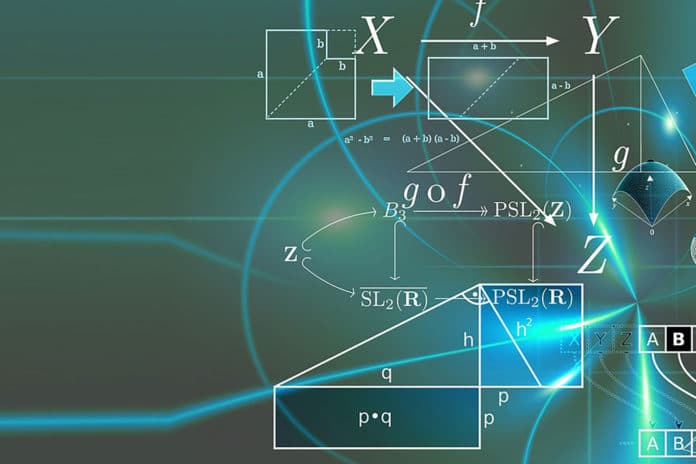Einstein’s theory of relativity is the cornerstone of modern physics. It requires that physical laws have Lorentz symmetry. Since Einstein proposed his theory of relativity, the validity of Lorentz symmetry has undergone numerous experimental tests.
The theory of relativity suggests that light is the fastest speed of matter in the Universe. Whether that limit is breachable can be tested by examining Lorentz symmetry breaking or Lorentz invariance violation.
In a new study, scientists- from the Institute of High Energy Physics of the Chinese Academy of Sciences- examined the validity of the theory of relativity with the highest accuracy.
They used the highest-energy gamma rays observed by the Large High Altitude Air-shower Observatory (LHAASO) to test Lorentz symmetry. The outcomes improve the breaking energy scale of Lorentz symmetry dozens of times compared with the previous best result.
Prof. BI Xiaojun, one of the paper’s corresponding authors, said, “This is the most rigorous test of a Lorentz symmetry breaking form, confirming once again the validity of Einstein’s relativistic space-time symmetry.”
It is crucial to test the theory of relativity and develop more fundamental laws of physics by looking for signals of Lorentz symmetry breaking. However, according to these theories, the effect of Lorentz symmetry breaking is only significant at the so-called Planck energy scale, which is up to 1019 GeV (1 GeV = 1 billion electron volts).
The effects of Lorentz symmetry breaking are too weak to be tested in labs. But there are very violent astrophysical processes in the Universe where particles can be accelerated to energies much higher than what man-made accelerators can reach. Therefore, astrophysical observations are a natural laboratory for looking for the effects of Lorentz symmetry breaking.
LHAASO is a large-scale cosmic ray experiment in China. In 2021, it recorded the world’s highest energy gamma-ray event with its energy up to 1.4 PeV (1 PeV = 1015 electron volts). Simultaneously, it offers an excellent opportunity to explore the fundamental laws of physics, such as Lorentz symmetry.
Prof. BI said, “Lorentz symmetry breaking may cause high-energy photons to become unstable, rapidly decaying into an electron-positron pair or three photons. In other words, the high-energy photons automatically disappear on their journey to Earth if Lorentz symmetry is broken, which implies the energy spectrum we measured should be truncated at a particular energy.”
Journal Reference:
- Zhen Cao et al. Exploring Lorentz Invariance Violation from Ultrahigh-Energy γ Rays Observed by LHAASO. DOI: 10.1103/PhysRevLett.128.051102
